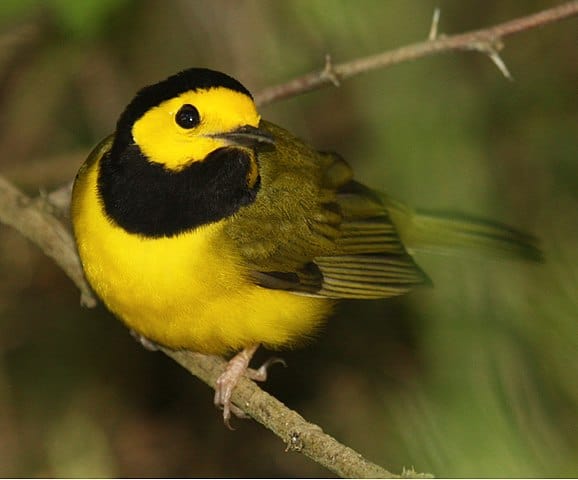Twenty-nine million birds across one million acres. Everything really is bigger in Texas.

Brazos Bend State Park, Texas, is approximately 5,000 acres of pure nature located 28 miles south of Houston. It sits among the one million acres of Columbia Bottomlands IBA, where an estimated 29 million birds either live or visit each year. There have been 304 bird species documented in the park area, along with other animals including the resident American alligator.
TRAILS

There are ten trails totaling 37 miles of mixed habitat awaiting your boots, guide books, and binoculars. Creekfield Lake ADA Interpretive Trail is paved and rated “easy” for all to enjoy. There are seven “moderate” trails throughout the park, easily accessible from paved parking lots and campsites. The two “challenging” Creekwood Lake trails, both short and long versions, are in the more secluded northwestern section of the park. Many trails are multi-use for hiking, biking, and/or horseback riding.

While enjoying the trails, be sure to visit each of the three specialized wildlife viewing areas and the park’s three largest bodies of water. Elm Lake has a deck with panoramic views of the water and shoreline. At 40 Acre Lake, be sure to climb the observation tower (where you can also see Pilant Lake). Insider tip: Sunrise and sunset are the perfect times to view from this spot. The Prairie Trail offers a viewing platform; and Pilant Lake has several large rookeries. At all locations, keep your binoculars trained on the spaces in-between habitats to spot illusive species.

In addition to the miles of trails within Brazos Bend State Park, expand your journey to include other stops along the Great Texas Coastal Birding Trail – Brazoria Loop. There are nine more distinct destinations covering river bottom woodlands, fresh- and saltwater marshes, open water, coastal prairie, and riparian forest. Various levels of access include boardwalks, nature and groomed trails, and roadside viewing areas.
BIRD LIST
- Hooded warbler
- Prothonotary warbler
- Swainson’s warbler
- Worm-eating warbler
- Bell’s vireo
- Vermilion flycatcher
- Swallow-tailed kite
- Roseate spoonbill
- Great egret
- Pileated woodpecker
- Bald eagle
- Red-shouldered hawk
- Over a dozen sandpipers and flycatchers
- All manner of ducks, geese, mergansers, scaups, and teals
- Various herons, ibises, and grebes
- More than one dozen sparrows including white-throated and swamp
Download the Birds of Brazos Bend State Park field guide.

ECO-NOTE
Considered the best bottomland stop-over ecosystems in the state, this area faces regular challenges from weather systems, such as hurricanes from the Gulf of Mexico. According to Texas Parks & Wildlife, the Columbia bottomland area is “one of the most important migratory vectors for land birds in the United States.”
MUST-SEE

George Observatory. If you are at Brazos Bend State Park on a clear Saturday night you might just see the rings of Saturn, meteors, the cloud belts on Jupiter, and the Milky Way. Three telescopes (including one of the largest in the U.S. that is open for public viewing) are in the park at The Houston Museum of Natural Science—George Observatory, and bring the night skies seemingly within reach.
WHERE TO STAY
Brazos Bend State Park has one limited service cabin, 13 screened shelters, and 108 campsites with varying amenities. (Both the cabin and shelters will re-open in May 2018 following Hurricane Harvey repairs.) Premium campsites (39) are located in Burr Oak, and standard sites (32) are in Red Buckeye. Both areas have water and electric hookups, as well as picnic tables, fire rings, and grills. The walk-in sites (15) have water, restrooms, and showers close by, picnic tables, grills, and a central fire ring. You’ll travel on foot approximately 35 to 150 yards to reach this area.
The primitive area (19 sites) is for equestrian camping only, and is located several miles from park headquarters and facilities. Only portable toilets and water for your horses are available here. You will have convenient access to backcountry trails and the Brazos River.
Groups may choose from three camping areas, all walk-in with a water spigot and no electricity. Check with park headquarters for regulations.




